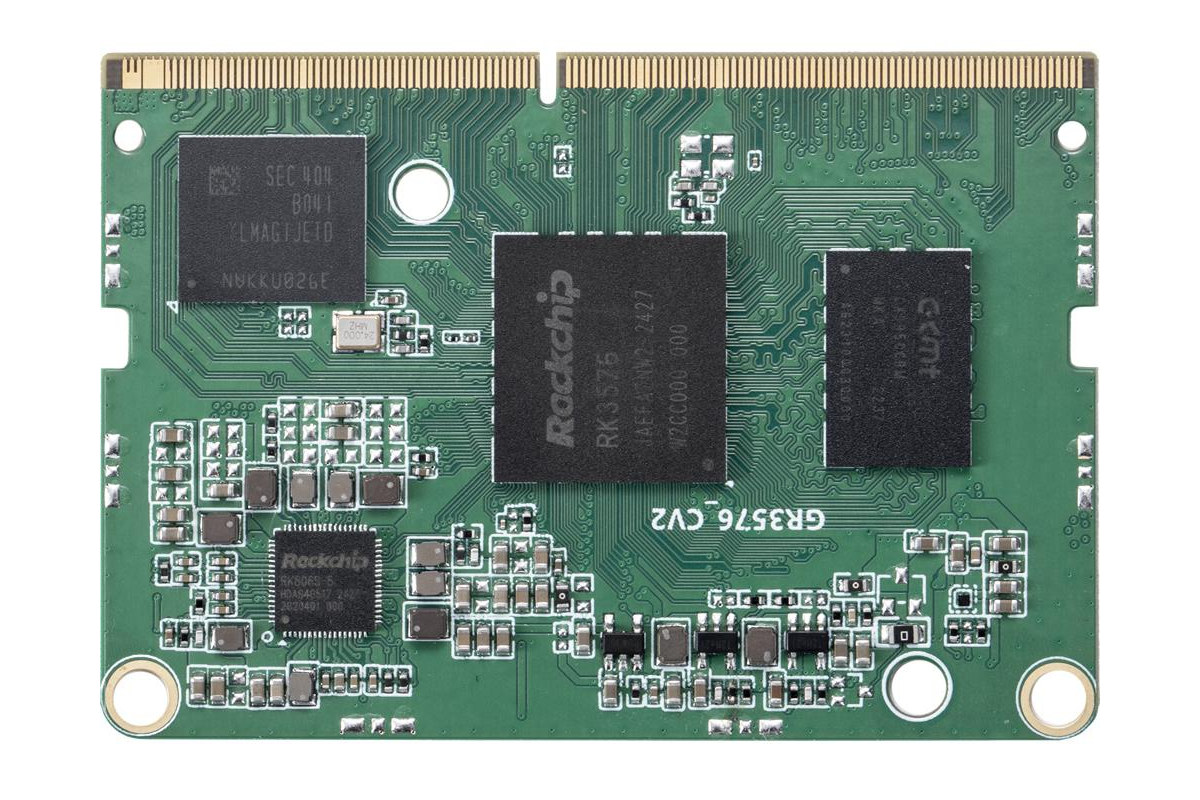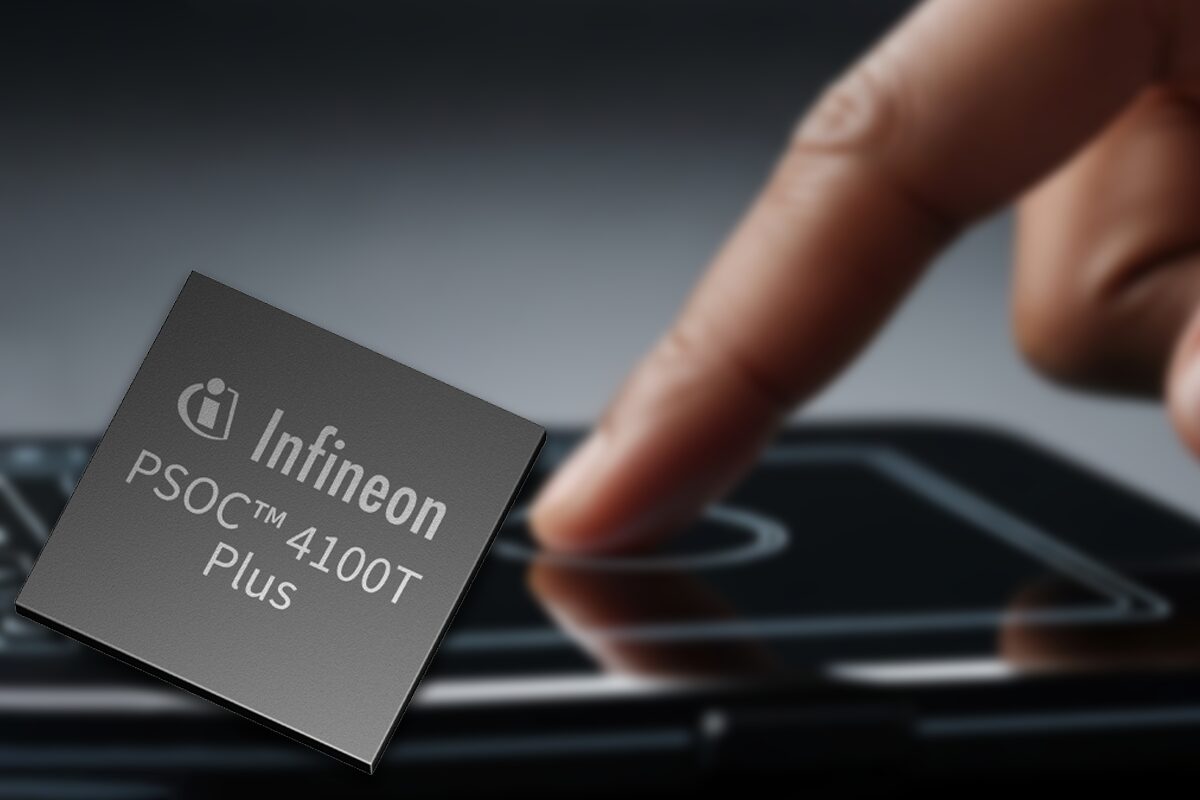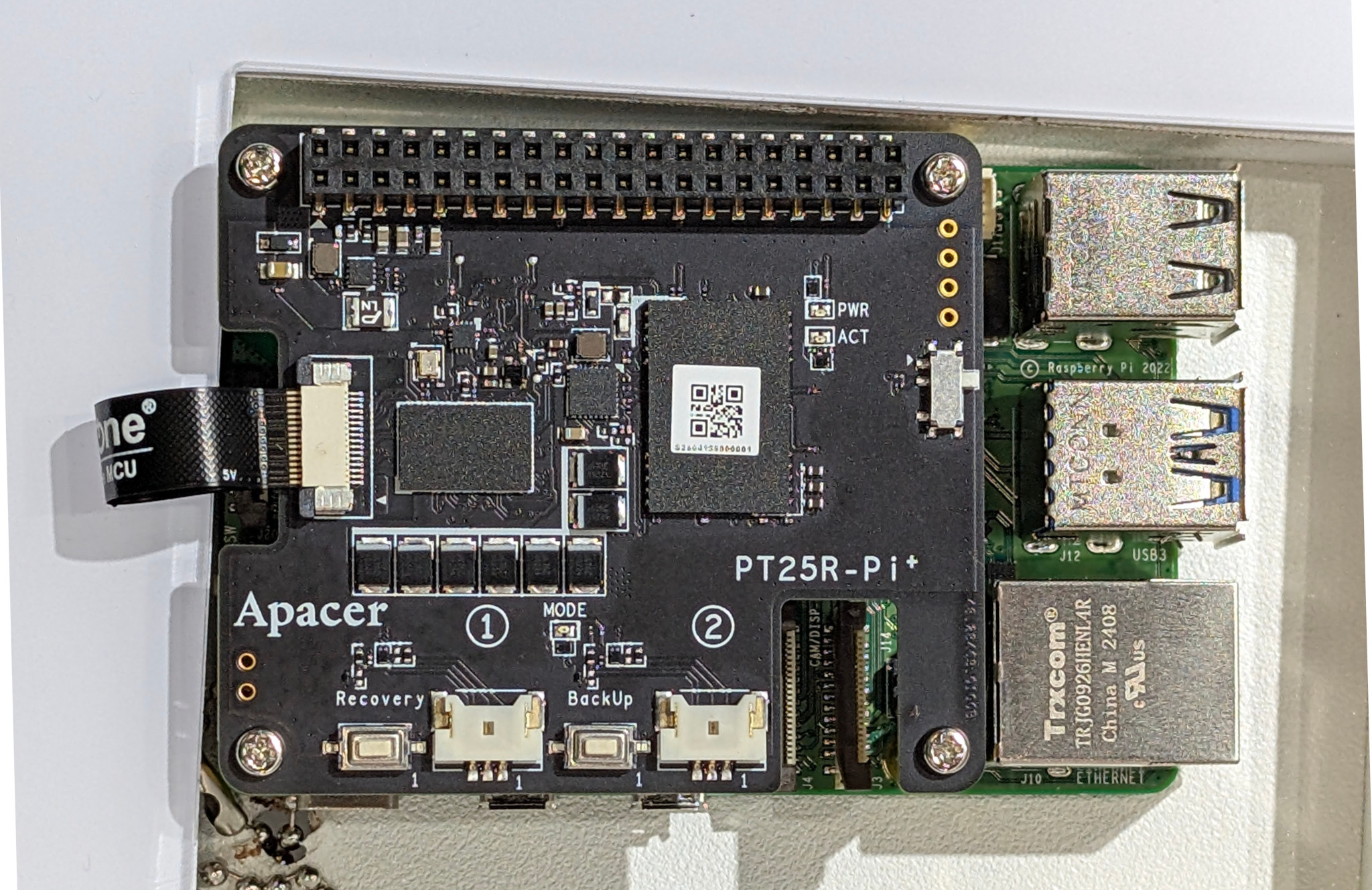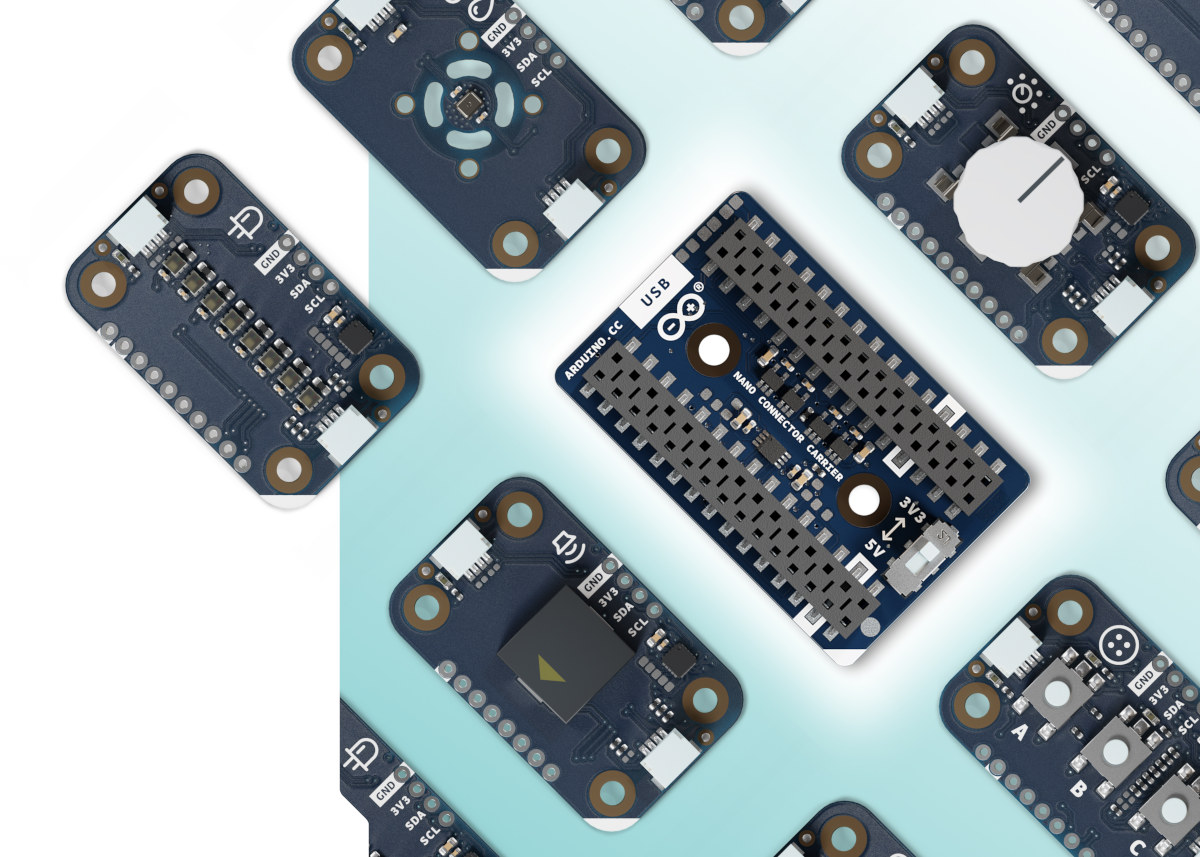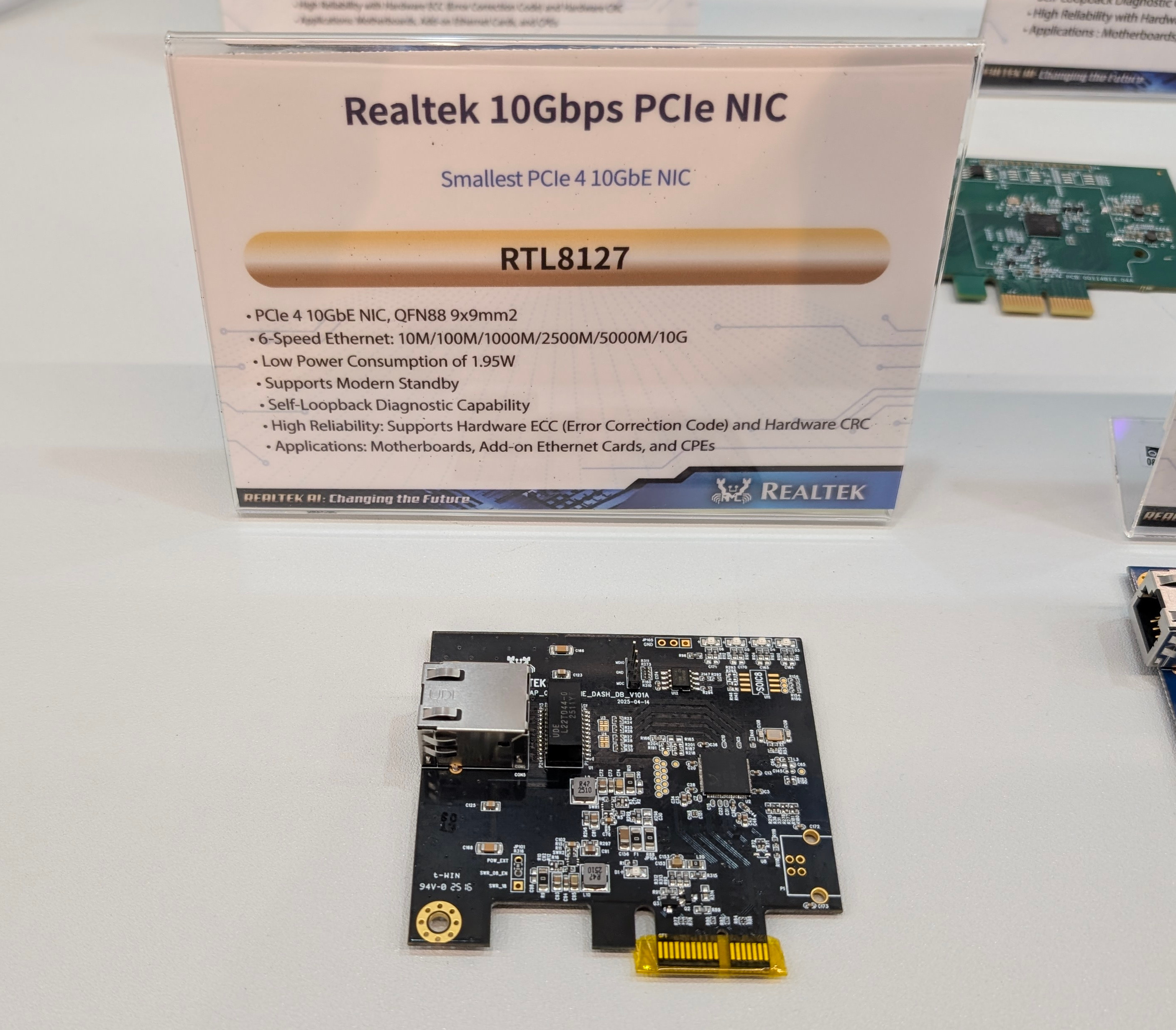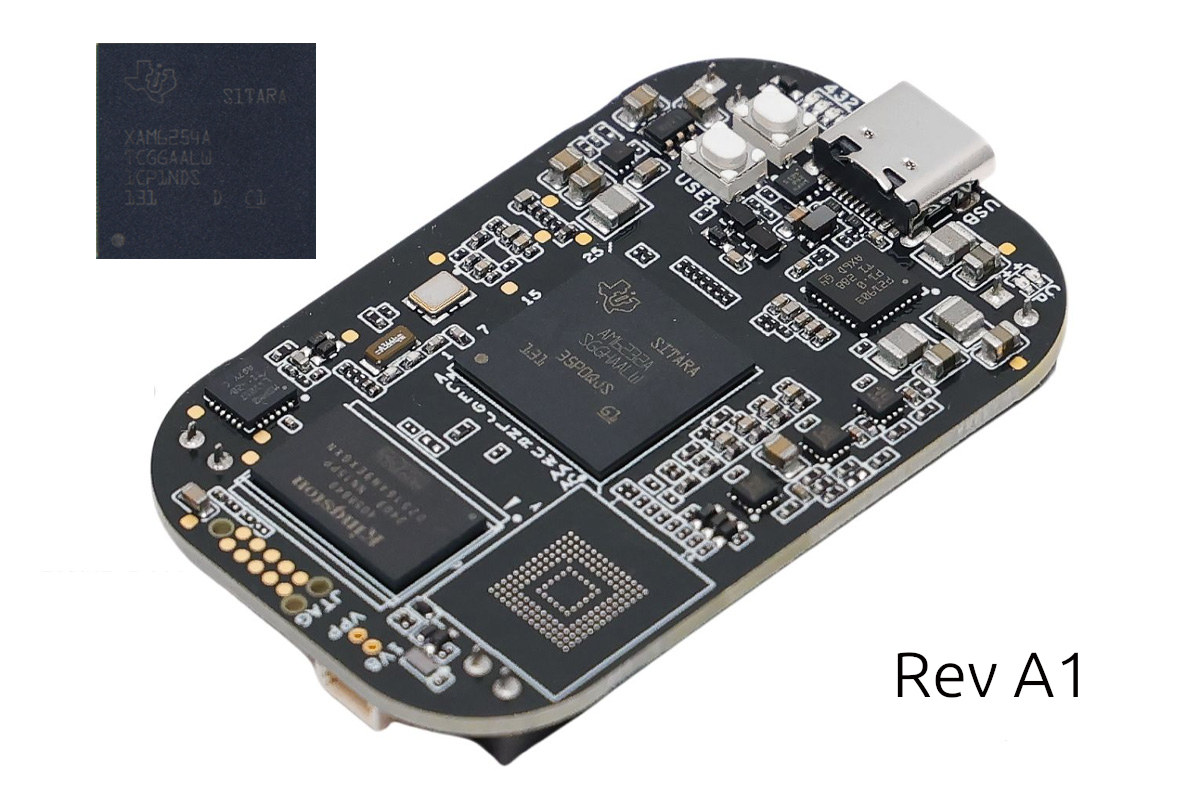Graperain GR3576_CV2 is a 260-pin SO-DIMM system-on-module (SoM) powered by a Rockchip RK3576 octa-core Cortex-A72/A53 SoC with a 6 TOPS NPU, and equipped with up to 16GB RAM and 256GB eMMC flash. The module supports up to six different display interfaces from HDMI to EBC for e-Paper displays, three camera inputs, a range of audio inputs and outputs, as well as USB 3.2, PCIe 2.1, and SATA interfaces, and plenty of other I/Os. Graperain GR3576_CV2 specifications: SoC – Rockchip RK3576 CPU – Octa-core CPU with 4x Cortex-A72 cores at 2.2GHz, 4x Cortex-A53 cores at 1.8GHz GPU – Arm Mali-G52 MC3 GPU with support for OpenGL ES 1.1, 2.0, and 3.2, OpenCL up to 2.0, and Vulkan 1.1 NPU – 6 TOPS (INT8) AI accelerator with support for INT4/INT8/INT16/BF16/TF32 mixed operations. VPU Video Decoder H.265, VP9, AV1, and AVS2 up to 8Kp30 or 4Kp120 H.264/AVC and MJPEG up to 4Kp60 Video […]
Infineon PSoC 4100T Plus multi-sense Arm Cortex-M0+ MCU supports ML-based liquid level sensing, wake-on-touch with 8µA deep sleep mode
Infineon PSoC 4100T Plus is a new low-power Arm Cortex-M0+ MCU designed for battery-powered or low-power embedded systems that require advanced capacitive touch and proximity sensing. The microcontroller comes with 128 KB of flash, 32 KB of SRAM, and an 8 KB ROM. One of the most interesting features of this MCU is Infineon’s fifth-generation CapSense MSCLP technology, which enables high-resolution, low-power capacitive sensing even in deep sleep mode (as low as 8 µA). Its capacitive sensing uses both self and mutual capacitance methods, supported by analog front-end filtering, sigma-delta modulation, and digital filtering techniques, delivering a signal-to-noise ratio greater than 5:1 for accurate detection. The MCU supports gesture detection, human-machine interfaces (HMI), and smart sensing applications, making it ideal for wearables, consumer devices, and IoT systems. Additional features include a 12-bit 1-MSps SAR ADC, six TCPWM blocks, smart I/O with programmable logic functions, multiple UART/I2C/SPI interfaces, and up to […]
Apacer PT25R-Pi HAT SSD for Raspberry Pi 5 integrates 60GB to 480GB BGA SSD, supports CoreSnapshot 2 Backup and Recovery function
Apacer PT25R-Pi HAT SSD is an upcoming HAT for the Raspberry Pi 5 or compatible SBCs with a PCIe FFC connector that integrates a BGA SSD chip with 60 GB to 480GB capacity, and supports advanced features like CoreSnapshot 2 backup and recovery solution, write protect, instant keychange for improved security, and power loss protection. We’ve already seen many Raspberry Pi HATs for NVMe SSDs, but those are typically designed for M.2 SSD modules. The PT25R-Pi HAT SSD comes with built-in storage on the HAT, so it’s basically plug-and-play, and all the user has to do is install the HAT and connect the cable. Apacer PT25R-Pi / PT25R-Pi+ HAT SSD specifications (preliminary): Storage – Built-in 60GB to 480GB SSD chip Connection to Raspberry Pi 5 40-pin GPIO header 16-pin Raspberry Pi FFC connector limited to PCIe Gen2 x1 for optimized power usage Advanced features Optional support for CoreSnapshot 2 backup […]
Arduino launches Nano Connector Carrier and seven Modulino expansion nodes
The Arduino Nano Connector Carrier is a compact add-on board designed for the Arduino Nano boards to allow easy connection to Qwiic, Grove, and Modulino expansion modules. The company also announced seven new Modulino nodes that are available individually for user input (e.g. button, knob), sensors (IMU, ToF), audio output, and a short RGB LED strip. Arduino Nano Connector Carrier specifications: Storage – MicroSD card reader (SPI) Expansion Interfaces 4x Grove analog/digital I/O connectors – 2x analog, 1x I2C, 1x UART Qwicc I2C connector Double female board header for Arduino Nano series boards I/O Voltage – Switch between 3.3V and 5V Dimensions – 43 x 28 mm The board works with Seeed Studio Grove modules and Arduino Modulino nodes connected over the Qwicc connector: Modulino Knob – a rotary encoder with push button Modulino Pixels – 8x addressable RGB LEDs Modulino Distance – a time-of-flight (ToF) sensor to measure proximity […]
Silicon Labs SiXG301 and SiXG302 “Series 3” wireless SoCs are built for line-powered and battery-powered IoT applications
Silicon Labs has just introduced the first 22nm Series 3 SoCs with the SiXG301 and SiXG302 Arm Cortex-M33 multiprotocol wireless SoCs designed for line-powered and battery-powered IoT devices, respectively. The SiXG301 is offered with 4MB flash and 512 KB SRAM, embeds an LED pre-driver for advanced LED smart lighting and smart home products, and supports 2.4 GHz wireless protocols such as Bluetooth, Zigbee, and Thread with support for Matter. The upcoming SiXG302 Bluetooth and Matter SoC offers an ultra-low-power consumption using only 15 µA/MHz active current, or 30% lower than competitive devices in its class, and as such is ideal for battery-powered wireless sensors and actuators. We’ll be focusing on the SiMG301 multi-protocol SoC and SiBG301 Bluetooth LE SoC in this article since the details are sparse for the SiXG302 parts (SiMG302 and SiBG302). Silicon Labs SiMG301 / SiBG301 specifications: MCU Core – 32-bit Arm Cortex-M33 with DSP instructions and […]
Realtek RTL8127, RTL8159, and RTL8261C will power low-cost, efficient 10 Gbps Ethernet cards, USB adapters, and switches
Realtek showcased RTL8126, RTL8157, and RTL8251B 5 Gbps Ethernet solutions at Computex 2023, and the first Realtek RTL8126 5 Gbps Ethernet PCIe and M.2 adapters were introduced in 2024, shortly followed by RTL8157 5GbE USB 3.2 adapters. The company has now unveiled upgraded solutions for 10 Gbps Ethernet networking at Computex 2025 with the RTL8127 10GbE PCIe controller and variants, the RTL8159 10GbE USB 3.2 Gen 2×2 controller, and the RTL8261C PHY for 10GbE switches. Realtek RTL8127 10GbE PCIe NIC Realtek RTL8127 specifications: Ethernet – 10Mps, 100Mps, 1000Mps, 2500Mps, 5000Mps, and 10Gbps Host interface – PCIe Gen4 Features Modern standby Self loopback diagnostic Hardware ECC and CRC Power consumption – 1.95 Watts Package – 9×9 mm QFN88 The Realtek RTL8127 will be found in PCIe and M.2 cards, or directly soldered on motherboards or CPEs. The good news is the low power consumption, which should make cooling easier and cheaper […]
PocketBeagle 2 Rev A1 board gets 1.4 GHz Sitara AM6254 quad-core Cortex-A53/Cortex-M4F SoC with 3D GPU
The PocketBeagle 2 was first introduced with a 1.0 GHz Texas Instruments Sitara AM6232 dual-core Cortex-A53 GPUless SoC in February with Rev A0 of the PCB. The BeagleBoard.org Foundation has now released a new PocketBeagle 2 Rev A1 board with a 1.4 GHz Sitara AM6254 quad-core Cortex-A53/Cortex-M4F SoC with a 3D GPU. All other features remain the same, with a secondary Texas Instruments MSPM0L1105 Arm Cortex-M0+ microcontroller, 512 MB LPDDR4 memory, a microSD card slot, a USB Type-C port for power and connectivity, a Raspberry Pi Debug Probe port, and two 36-pin expansion headers. PocketBeagle 2 Rev A1 specifications: Main SoC – Texas Instruments AM6254 as found in the BeaglePlay SBC CPU Quad-core 64-bit Arm Cortex-A53 @ 1.4 GHz Arm Cortex-M4F real-time core @ 400 MHz with 256KB SRAM GPU – Imagination PowerVR Rogue AXE-1-16M with support for OpenGL 3.x/2.0/1.1, Vulkan 1.2 Dual-core Programmable Real-Time Unit Subsystem (PRUSS) running up […]
Protectli Vault Pro VP2430 – An Intel N150 fanless network appliance with four 2.5GbE ports, four video outputs
The Protectli Vault Pro VP2430 is a compact, Intel Processor N150-based fanless network appliance designed for firewall, router, and virtualization applications in home labs, small businesses, and edge deployments. The system supports up to 64GB DDR5-4800 memory via a single SO-DIMM slot and features various storage options, including a 32GB onboard eMMC flash, an M.2 2280 NVMe SSD slot, and a SATA 3.0 interface for 2.5″ SSDs. It comes with four 2.5GbE Intel I226-V Ethernet ports and includes video outputs via HDMI 2.0, DisplayPort 1.2, and two USB-C with DisplayPort functionality. It also features M.2 slots for WiFi and 4G/5G modem, to work with the module, there is also a Nano SIM slot. Additionally, it has multiple internal headers, including GPIO, COM, SATA, and eSPI for expansion. On top of that, the system supports both AMI and coreboot BIOS options, and TPM 2.0 for security, making it ideal for secure […]


